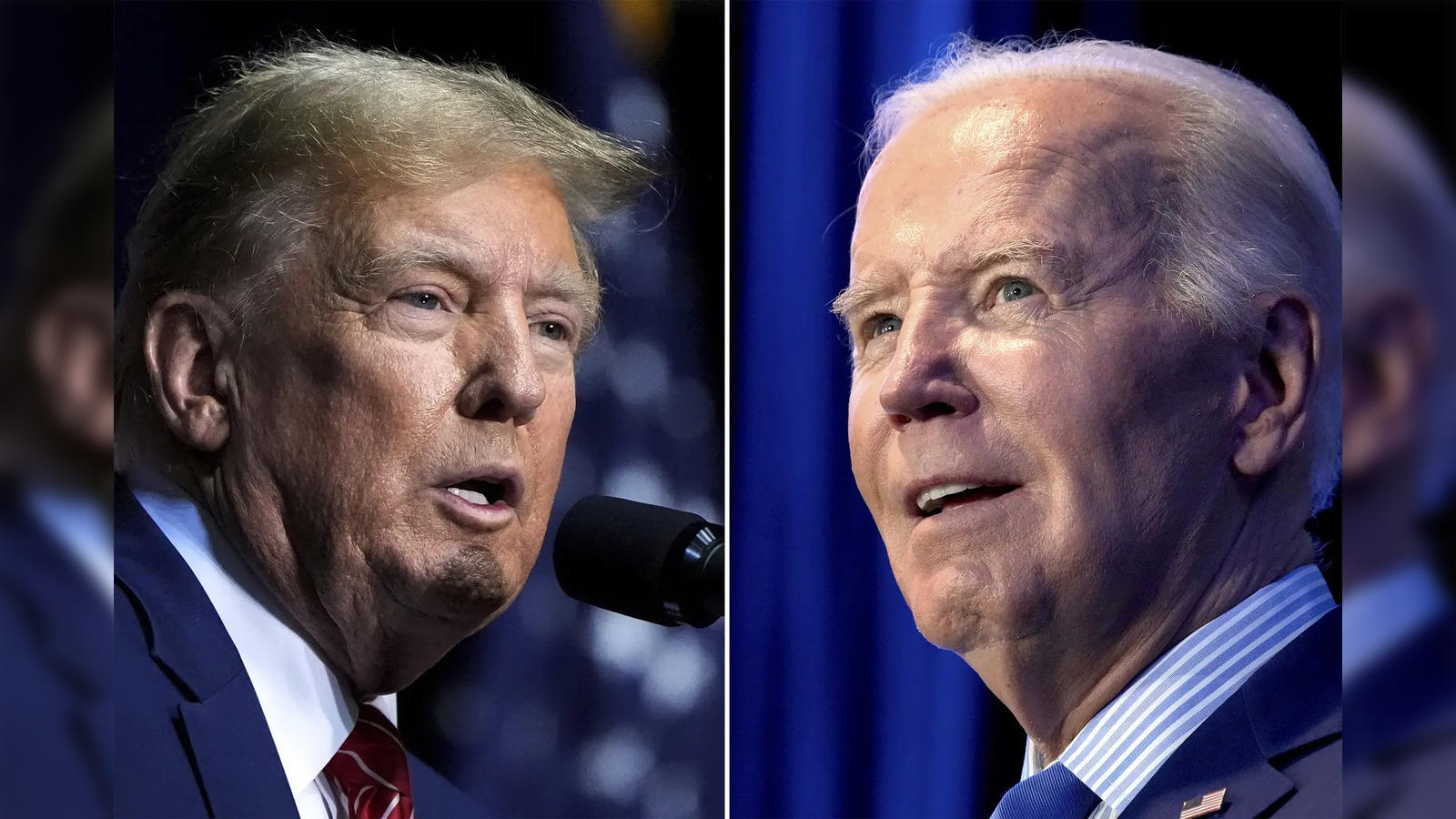Early childhood teacher Kelly Arnott Goddard was able to take her baby to work when she returned to work six months after giving birth.
After taking the federal government’s current 18 weeks of paid parental leave earlier this year, she and husband Jake decided to spend another two months at home to look after their first child, a son named Bear. I relied on my husband’s income so that I could
“His comfort [Bear] With me, I was able to get right back to work,” she said.
“But it really helped that the gap was being paid where we had to rely on one wage, especially considering how expensive it is to live in Sydney.”
Arnot Goddard said he welcomed the Albanian government’s announcement on Saturday. A phased plan to roll out by July 2026, which he hoped would benefit her should she decide to expand her family.
“We split it between the two of us and it could take me four months and my husband two months.”
Arnott-Goddard was able to take his son to work at a daycare. sauce: attached
As part of the new scheme, single parents will also have access to 26 weeks of full leave, but the leave will be more flexible and parents will be able to take it in blocks between paid jobs.
Prime Minister Anthony Albanese said the policy change would help “modern” families and offer more options.
“We know that investing in parental leave benefits our economy,” he said.
“It’s good for productivity and participation, it’s good for families, it’s good for our nation as a whole.”
Jennifer Westacott, CEO of the Business Council, said the wage extension would help boost the economy by making it easier for parents to stay in the workforce.
“We have long called for reform of the paid parental leave system because it is good for the economy and families to give new parents sufficient leave and encourage an equal sharing of care,” she said. I got
Michele O’Neill, president of the Australian Trade Union Council, said a more generous leave regime would be a big step forward for parents.
“Paid parental leave should be flexible and accessible to all parents. This new scheme is a big improvement in this regard,” she said.
But O’Neill said the union will continue its campaign to ensure that parental leave is paid for workers’ full replacement wages, including retirement pensions.
Greens Senate Majority Leader Larissa Waters called on the government to introduce reforms immediately and increase payments to alternative wages that accompany retirement pensions.
“Australia’s parental leave system is one of the most vulnerable in the world. It certainly should be paid longer, but without supers and pay increases, women are still at a loss,” she said. Told.
“And phasing this over four years or more is an insult to women waiting ten years or more for decent paid parental leave.”
Green Senator Larissa Waters is among those calling for superannuation to be included in the paid parental leave scheme. sauce: AAP / Mick Tsikas
Waters said plans were scrapped Help fund the proposed increase.
A seven-year timetable for the three-step personal income tax cut was presented by then-Treasurer Scott Morrison in the 2018 Federal Budget.
Already enacted, the plan would eliminate the 37% tax rate and introduce a flat rate of 30% for those earning between $45,000 and $200,000.
The budget will be $244 billion over 10 years.
How Australia’s paid parental leave compares to other countries
According to parent advocacy group The Parenthood, Australia’s parental leave scheme is among the lowest paid in the world, with only 20 weeks currently offered at the minimum wage.
In most cases, the primary caregiver (often the mother) gets 18 weeks of vacation at a minimum wage of $812.45 through Centrelink, plus paid time off paid by the employer.
A non-primary caregiver may also take two weeks of government paid leave at the same minimum wage rate, but must not work or take paid employer leave during this period.
Of the 38 countries in the Organization for Economic Co-operation and Development (OECD), 31 offer longer paid maternity leave than Australia, with the following countries offering the best maternity leave: Slovak Republic. (164 weeks), Finland (161 weeks) ) and Hungary (160 weeks).
“In OECD countries, the average length of paid leave available to parents is 50 weeks or more, so this package currently under consideration will not put Australia at odds with that average.
“But what is important is that no meaningful changes have been introduced in 11 years.
Georgie Dent, Executive Director of Parenthood, welcomes changes to paid parental leave. sauce: attached
Dent said it was important that changes in the system, such as encouraging more fathers to take extended leave, would help better address the gender pay gap.
According to the Australian government’s Workplace Gender Equality Agency, the national gender pay gap is 14.1%.
Earnings data released by the Australian Bureau of Statistics in August showed that men earn an average of $263.90 more per week than women.
“Australian fathers take less than 20% of the days on paternity leave compared to their global peers, but this is because they do not want to spend more time during the critical first year of their baby’s life. Not from,” she said.
“In countries around the world where extended parental leave is standard for fathers, it is no surprise that the health of children, mothers and fathers has all improved.”
To encourage and facilitate more fathers and partners to access the PPL, the government said it would maintain a “spend or lose” week, allowing parents to more evenly share care responsibilities. I was.
Details of the parental leave plan are expected to be announced in the budget later this month.




